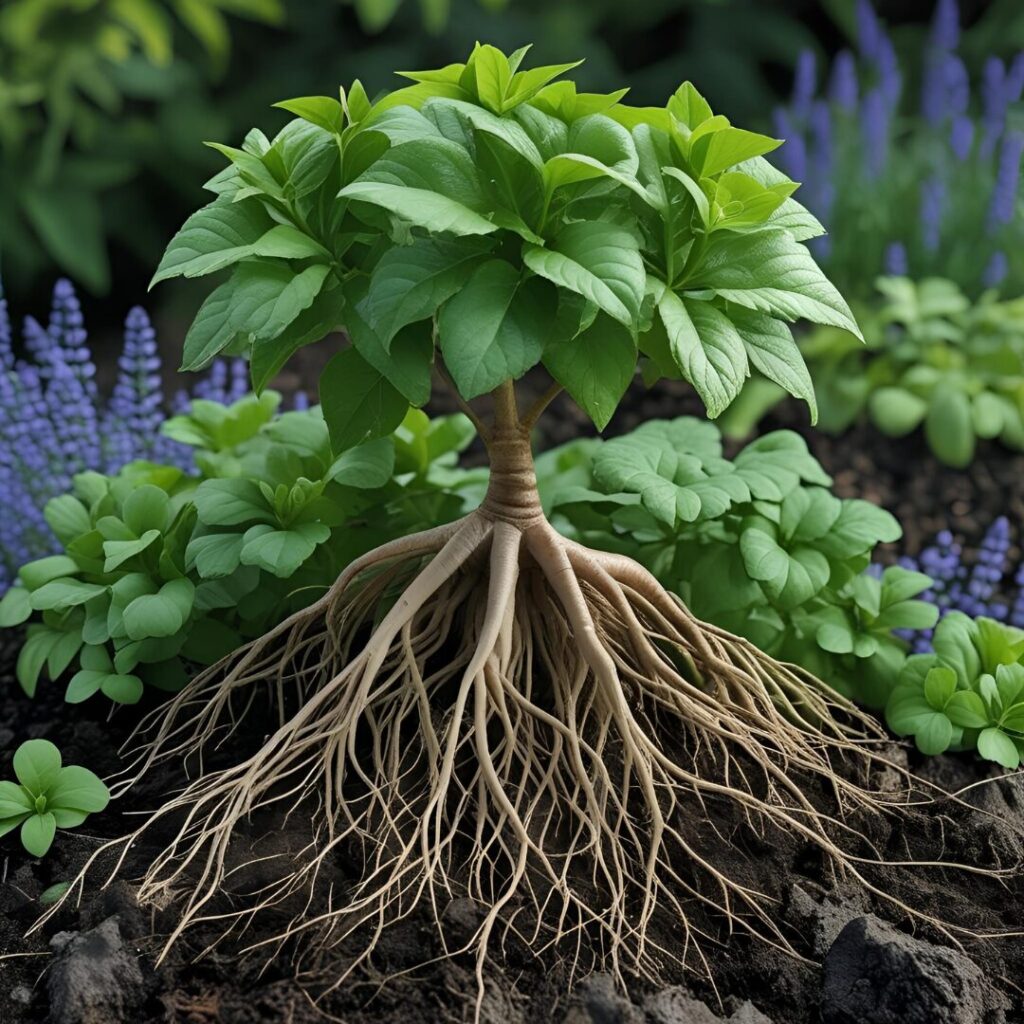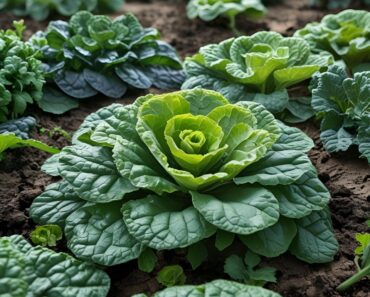Dividing perennials is one of the most effective ways to keep your garden vibrant, healthy, and full of blooms year after year. This essential gardening practice not only rejuvenates tired plants but also helps control their size, prevents overcrowding, and provides you with more plants—often for free. Whether you’re a seasoned gardener or a newcomer, understanding when and how to divide perennials can make a dramatic difference in your garden’s health and appearance.
Why Divide Perennials?
Perennials are plants that return year after year, but as they mature, many can become crowded, develop bare centers, or produce fewer flowers. Dividing them offers several benefits:
-
Rejuvenation: Over time, perennials can become less vigorous or develop dead spots in the center. Division gives them a new lease on life by encouraging fresh growth and more abundant blooms81416.
-
Propagation: Dividing perennials is a cost-effective way to expand your garden or share plants with friends and neighbors8.
-
Disease and Pest Control: Overcrowded plants are more susceptible to diseases and pests. Division improves air circulation and reduces the risk of problems814.
-
Space Management: Some perennials can outgrow their allotted space, crowding out neighboring plants. Division helps keep your garden tidy and balanced916.
Signs Your Perennials Need Dividing
Not all perennials need to be divided regularly, but watch for these telltale signs that it’s time:
-
Reduced or smaller blooms
-
Overcrowded, dense clumps
-
A thinning or dead center
-
Weak or unhealthy appearance despite proper care
Fast-growing perennials may need dividing every 2–3 years, while others can go 5 years or more without attention211.
When to Divide Perennials
Timing is crucial for successful perennial division. The best time depends on the plant’s bloom cycle and your local climate.
General Rules
-
Spring-blooming perennials: Divide in early fall, about 4–6 weeks before the first frost. This gives roots time to establish before winter251116.
-
Summer and fall-blooming perennials: Divide in early spring, just as new growth emerges. This allows the plant to recover and grow strong roots before blooming12916.
-
Avoid dividing during flowering: Plants need all their energy for root and leaf growth after division, not for producing flowers11116.
-
Don’t divide in extreme weather: Avoid hot, sunny days or periods of drought, as newly divided plants are vulnerable to stress and dehydration1361213.
Exceptions
-
Some perennials, like peonies, Oriental poppies, and Siberian iris, are best divided only in fall1214.
-
Plants with deep taproots or those that resent disturbance (e.g., baptisia, bleeding heart, butterfly weed) should only be divided when absolutely necessary, and with care216.
How to Divide Perennials: Step-by-Step Guide
1. Preparation
-
Choose the right day: Aim for a cool, overcast day with moist soil. Water the area a day in advance if it’s dry15613.
-
Prepare new planting holes: Have them ready before you dig up your plant to minimize root exposure and stress913.
2. Lifting the Plant
-
Use a spade or garden fork to dig around the plant, starting a few inches away from the crown to avoid damaging roots467.
-
Gently lift the entire clump out of the ground, keeping as much of the root system intact as possible456.
3. Dividing the Clump
-
Shake off or wash away excess soil to see the roots clearly46.
-
Look for natural points where the plant can be separated into smaller sections—each division should have 3–5 healthy shoots and a good supply of roots1467.
-
Methods for dividing:
-
By hand: Gently tease apart fibrous-rooted plants or those with obvious plantlets (e.g., hosta, heuchera, ajuga)46.
-
With forks: For larger, tougher clumps, insert two garden forks back-to-back and lever them apart145.
-
With a knife or spade: For woody or fleshy-rooted plants, use a sharp knife, spade, or even an axe to cut through the crown146.
-
4. Trimming and Cleaning
-
Remove any dead, diseased, or damaged roots and foliage1113.
-
For fall divisions, trim back some top growth to reduce water loss and help the plant focus on root establishment612.
5. Replanting Divisions
-
Act quickly: Keep divisions shaded and roots moist until you replant. If you can’t plant immediately, wrap roots in a damp cloth or place them in a bucket of water1713.
-
Plant at the same depth: Set each division at the same depth as the original plant9.
-
Amend the soil: Mix compost or organic matter into the planting hole to provide nutrients and improve drainage713.
-
Water well: Give each new division a thorough watering to settle the soil and eliminate air pockets1713.
6. Aftercare
-
Keep moist: Water regularly, especially during dry spells, until new growth appears and the plant is established113.
-
Mulch: Apply a layer of mulch to retain moisture and suppress weeds, but keep it away from the crown to prevent rot13.
-
Shade if needed: If the weather turns sunny, protect new divisions with temporary shade until they recover1712.
Tips for Success
-
Divide only healthy plants: Avoid dividing stressed or diseased perennials.
-
Don’t make divisions too small: Each section should have several healthy shoots and roots for the best chance of survival146.
-
Label new divisions: Especially if you’re moving them to a new location or sharing with friends.
-
Monitor closely: Check regularly for signs of wilting, pests, or disease, and address issues promptly13.
Common Mistakes to Avoid
-
Dividing at the wrong time: Dividing during flowering or in extreme weather can stress or kill your plants161213.
-
Letting roots dry out: Always keep roots moist during the process1713.
-
Replanting too deep or too shallow: Maintain the original planting depth for best results9.
-
Neglecting aftercare: Consistent watering and monitoring are essential for new divisions to thrive13.
Which Perennials to Divide (and When)
Divide in Spring:
-
Fall-blooming perennials: asters, chrysanthemums, sedum, goldenrod, bee balm, ornamental grasses29.
-
Perennials with fleshy roots: peonies, Oriental poppy, Siberian iris (best in fall, but can be done in spring if needed)1214.
Divide in Fall:
-
Spring and early summer bloomers: iris, daylilies, hostas, phlox, astilbe, coneflower, heuchera, coreopsis, shasta daisy, rudbeckia251116.
Divide Any Time (with care):
-
Some tough, fibrous-rooted perennials can be divided in either spring or fall, but always avoid hot, dry summer and freezing winter conditions31215.
The Benefits: What to Expect After Division
-
Healthier, more vigorous plants: Divided perennials often produce more blooms and lush foliage.
-
Better disease resistance: Improved air flow and less crowding reduce the risk of fungal diseases and pests814.
-
Increased garden stock: Enjoy more plants for free—perfect for filling gaps or sharing with fellow gardeners814.
-
Long-term garden vitality: Regular division (every 3–5 years for most perennials) keeps your garden thriving for decades14.
Conclusion
Dividing perennials is a simple, rewarding practice that pays dividends in garden health, beauty, and abundance. By dividing at the right time, using careful techniques, and providing attentive aftercare, you’ll ensure your perennials continue to flourish and delight for years to come. Whether you’re looking to reinvigorate tired plants, control their spread, or simply multiply your favorites, mastering the art of perennial division is a must for every gardener.
So, next time you spot a crowded clump or a thinning center, grab your spade, choose a cool, cloudy day, and give your perennials the fresh start they deserve. Your garden—and your future self—will thank you.
- https://extension.umn.edu/planting-and-growing-guides/dividing-perennials
- https://www.gardendesign.com/how-to/divide-perennials.html
- https://extension.unh.edu/blog/2021/03/when-should-i-divide-my-perennials
- https://www.rhs.org.uk/plants/types/perennials/dividing
- https://www.theenglishgarden.co.uk/gardening-advice/seasonal-tips/divide-perennials-in-autumn/
- https://www.finegardening.com/project-guides/gardening-basics/dividing-perennials-step-by-step
- https://hinsdalenurseries.com/landscaping/how-to-divide-and-care-for-perennials-a-guide-to-healthy-and-thriving-plants/
- https://www.jacksonandperkins.com/blog/garden-blogs/why-divide-perennials/b/why-divide-perennials/
- https://arapahoe.extension.colostate.edu/2022/03/04/perennials-why-when-how-to-divide-them/
- https://www.finegardening.com/project-guides/gardening-basics/10-tips-on-dividing-perennial-plants
- https://extension.illinois.edu/blogs/good-growing/2021-04-29-when-should-i-divide-my-perennials
- https://www.finegardening.com/project-guides/gardening-basics/dividing-perennials-tools-techniques-and-timing
- https://www.bloomingbackyard.com/perennial-dividing-mistakes/
- https://www.gardenproject.design/post/maximizing-garden-space-the-benefits-of-dividing-perennials
- https://www.themiddlesizedgarden.co.uk/the-honest-truth-about-how-to-divide-perennials/
- https://extension.psu.edu/dividing-perennials
- https://www.gardenersworld.com/how-to/grow-plants/how-to-divide-plants/
- https://store.extension.iastate.edu/Product/When-to-Divide-Perennials-PDF
- https://www.youtube.com/watch?v=tr6jSkPk6FM
- https://www.bhg.com/gardening/flowers/perennials/dividing-perennials/
- https://www.provenwinners.com/learn/soil/tips-maintaining-perennial-plants







